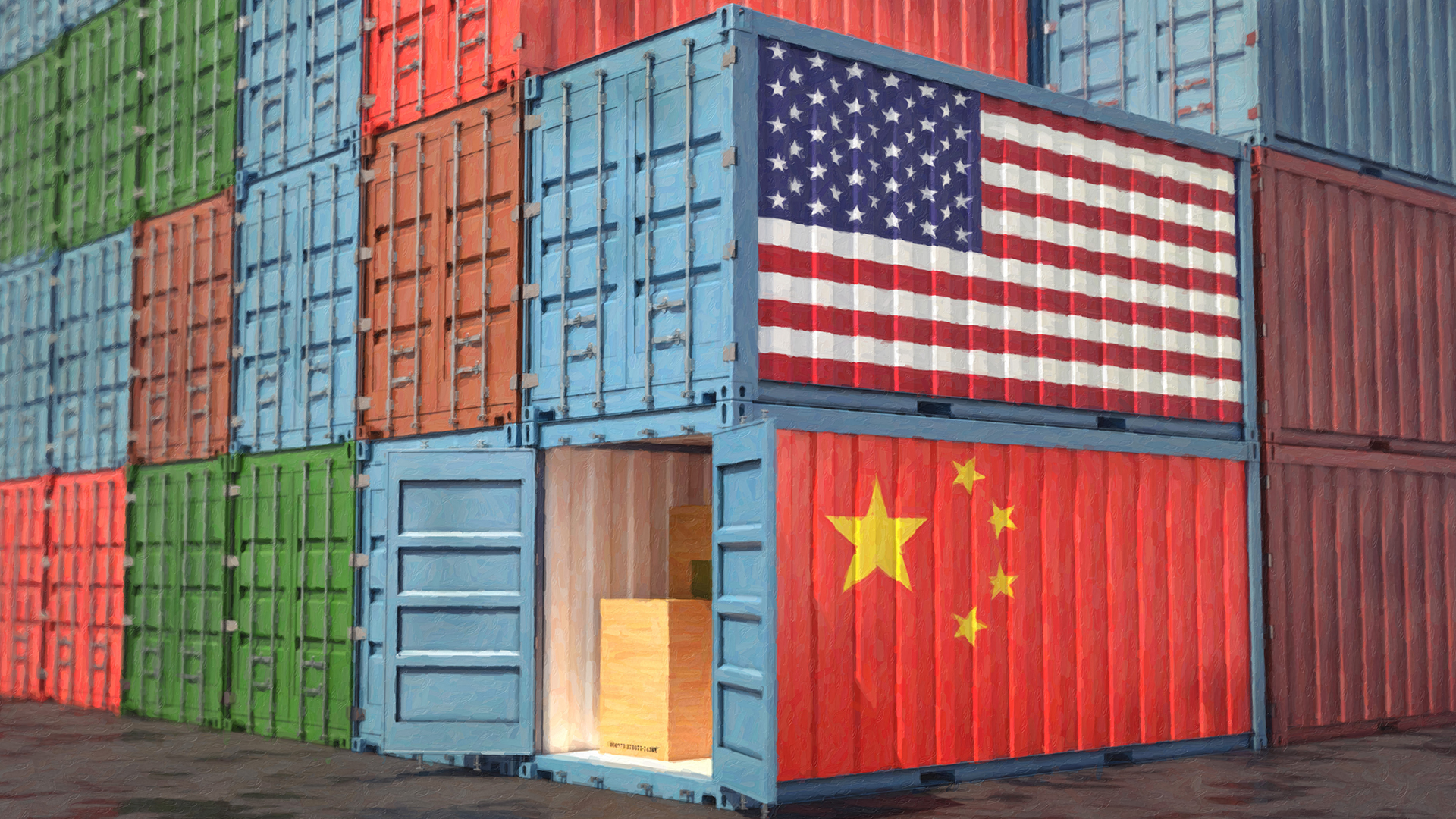The growth of e-commerce as a business trend in the age of technology has had repercussions that have rippled throughout the business world. This affected the logistics and warehousing world as much as all other aspects of business, as successfully maintaining and growing an online business in a globalised world requires all elements of the purchasing/selling process to be at the same level of development, including technology.
One of the main issues that came with the rise of e-commerce for logistics, warehousing and fulfillment companies is ensuring that all of these packages are delivered on time. Steve Banker wrote in his article for Forbes, “When e-commerce goes from 9 per cent of retail to 30 per cent, how feasible will it be to deliver all those packages? This problem is also an opportunity.” The optimisation of IT allows them to not only keep up with the rest of the world technologically but also make information more available to clients and make it easier for them to track their shipments and goods.
Coined “Digital Logistics”, this relatively new trend has, according to Dan Gilmore, helped companies achieve functional excellence, enterprise logistics management, as well as supply chain integration and collaboration.
What is the aim of digital logistics?
The aim of digital logistics is to improve productivity, visibility of stocks and statuses of goods online, and cutting costs throughout the supply chain.
But what does this exactly mean? Well, one of the ways companies have digitized their logistical and warehousing businesses is through offering online systems that allow them to track their stocks and the movement of goods. For example, Easy Commerce takes stock management to the next level by offering an online platform where one can look at their stock lists in SMS warehouses, track and trace, review their shipment history, and many other aspects of their business.
These types of systems also allow for flexibility and freedom of choice. With online platforms, one can select carriers from the options available with a click of a button, alter their costs in order to increase their margin, etc. This has many customers eager to get on the digital bandwagon and, in turn, pressure companies to take their services online quickly so as not to miss the opportunity. As the whole world is going online, it is only natural that logistics and warehousing would be next in line to make this step. With customers across the globe, the way is forward into the digital world.









